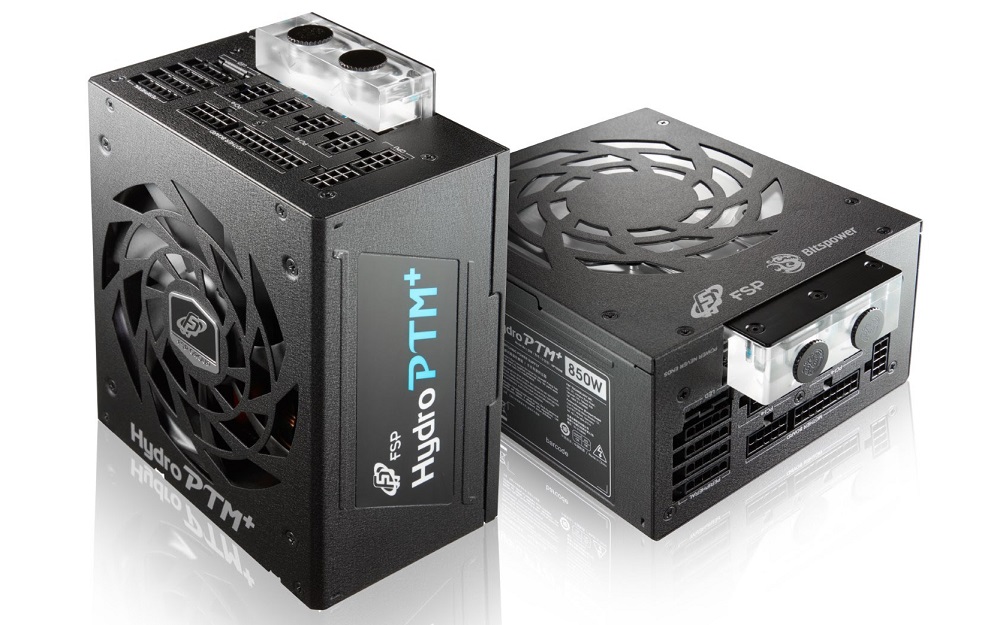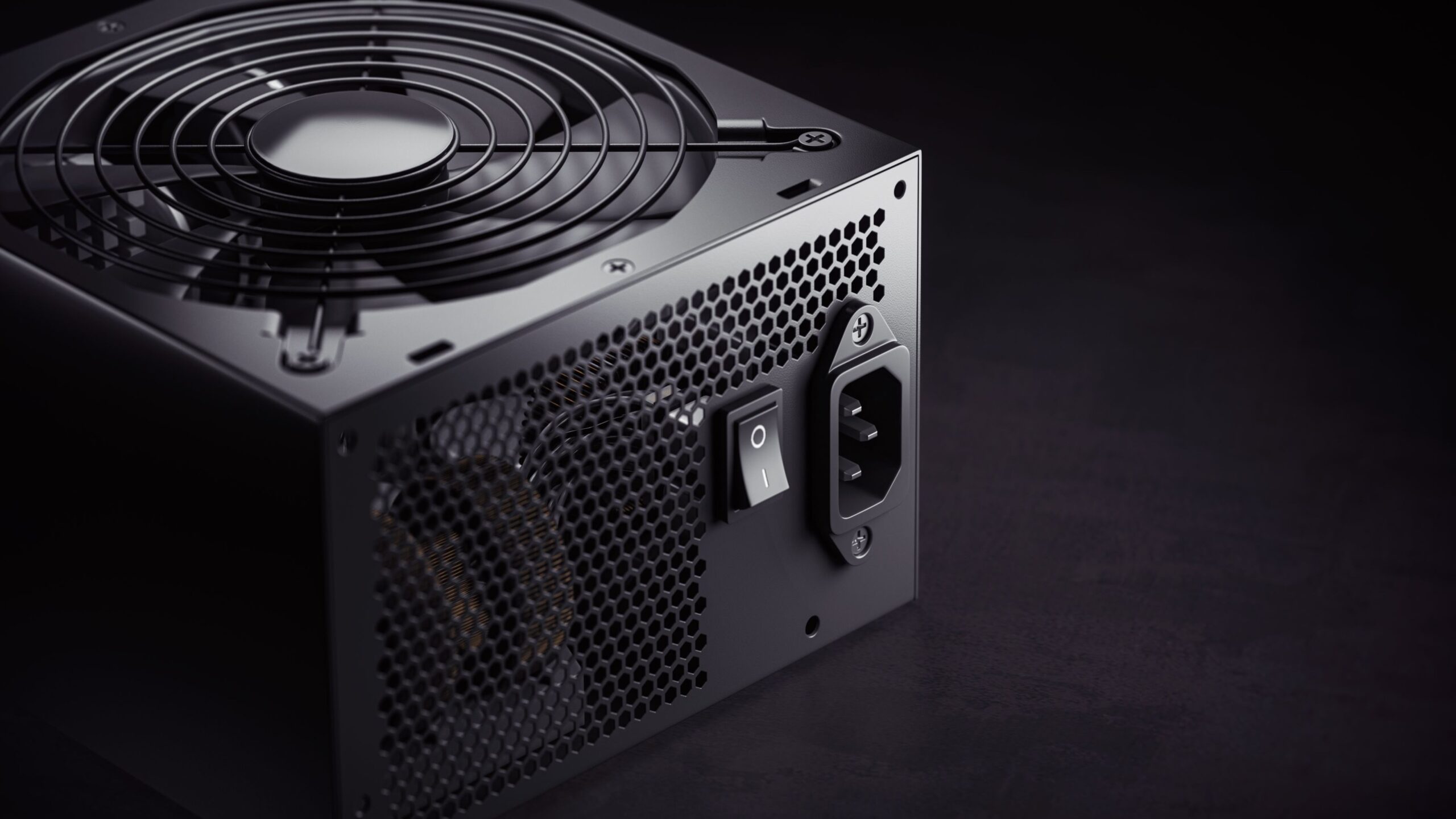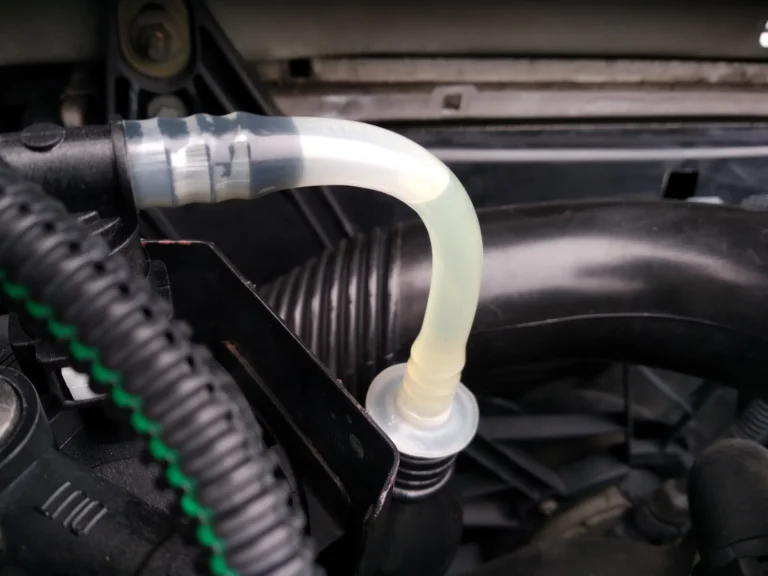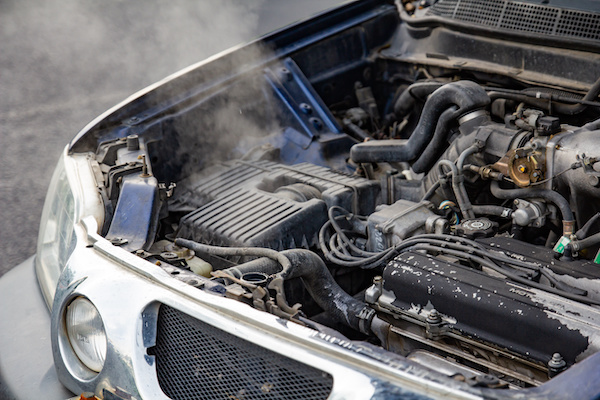How Much Power Does A 1000w Pc Use? Power Consumption Insights
A 1000W power supply unit (PSU) indeed has a capacity of 1000 watts, meaning it can consume 1000 joules of energy per second, equivalent to 1 kilowatt of power. To put this in context, think of large appliances like air conditioners or electric heaters that also use around 1000 watts.
However, the actual power consumption of a PC varies based on its components and usage. During typical tasks like web browsing or office work, a 1000W PC might use around 300-500 watts. But power-intensive activities like gaming or video editing can push it closer to the 1000W capacity.
For accurate measurements, a wattmeter is essential. While a 1000W PSU provides room for high-end components, it’s crucial to strike a balance between performance and efficiency to manage energy costs and environmental impact effectively.
What is a 1000W PC?

A 1000W PC typically refers to a computer system equipped with a power supply unit (PSU) that has a capacity of 1000 watts. The power supply unit is responsible for delivering electrical power to all the components within the PC, including the motherboard, CPU, graphics card, storage drives, and peripherals.
A 1000W PSU is considered high-wattage and provides ample power for systems with demanding components, such as high-end gaming rigs or workstations. It offers headroom for accommodating power-hungry components and future upgrades, ensuring stable and efficient power delivery to meet the system’s requirements. The wattage of the PSU directly influences the computer’s overall power consumption and performance capabilities.
Which PC Components Have the Biggest Impact on Power Consumption?
Power consumption in a personal computer (PC) can vary significantly based on the components used. Several key PC components have the most significant impact on power consumption.
Central Processing Unit (CPU)
The CPU is often considered the brain of the computer. It performs calculations and manages the execution of tasks. High-performance CPUs can consume more power, especially in tasks that require extensive processing, like video editing or scientific simulations. On the other hand, energy-efficient CPUs are designed to minimize power consumption for tasks like web browsing and office work.
Graphics Processing Unit (GPU)
The GPU is responsible for rendering graphics and images. Gaming and tasks involving complex visuals put a substantial load on the GPU, making high-end graphics cards power-hungry. Energy-efficient GPUs, while consuming less power, may provide sufficient performance for less demanding applications.
Random Access Memory (RAM)
RAM stores data that the CPU and GPU need for immediate access. While the power consumption of RAM is relatively low compared to other components, it’s still a part of the overall power usage.
Storage Devices
Hard drives (HDDs) and solid-state drives (SSDs) are where data is stored. HDDs typically consume more power during operation, particularly when reading and writing data. SSDs, known for their energy efficiency, have lower power consumption.
High-Performance vs. Energy-Efficient Components
When building or configuring a PC, users face choices between high-performance components and energy-efficient options. These choices can significantly impact power consumption
First of all, enthusiast-grade CPUs and GPUs deliver exceptional performance but often demand more power. Gamers, content creators, and professionals who require top-tier performance may opt for high-performance components to ensure their systems can handle resource-intensive tasks.
On the other hand, users who prioritize energy efficiency and reduced power consumption, energy-efficient CPUs, GPUs, and SSDs are suitable choices. These components are designed to deliver reasonable performance while minimizing power usage, making them ideal for everyday computing and environmentally conscious users.
How to Measure PC Power Consumption?
Measuring PC power consumption can help you understand how much electricity your computer consumes and make informed decisions about energy efficiency. There are a few methods to measure power consumption
Use a Wattmeter
- Purchase a wattmeter, which is a dedicated device designed to measure electrical power consumption. Plug the wattmeter into a wall socket.
- Connect your PC or individual components (like the monitor) to the wattmeter. The wattmeter will provide real-time readings of power usage.
Monitor Software
- Some software utilities can monitor power consumption by reading data from sensors and components within the PC. These utilities may provide estimates of power usage based on component load and system activity.
Check Manufacturer Specifications
- PC component manufacturers often provide power consumption specifications for their products. These specifications can serve as reference points for estimating power usage, especially when planning a PC build or upgrade.
Identify Idle vs. Load Power
- Measure power consumption during both idle and load states. Power usage can vary significantly between these states. Identifying the difference helps you assess the power impact of different tasks.
Compare Components
- Use the data to compare the power consumption of different components and configurations. This allows you to evaluate the energy efficiency of CPUs, GPUs, and other hardware and make informed choices.
Consider Energy Efficiency Ratings:
- Pay attention to energy efficiency ratings, such as the 80 PLUS certification for power supplies. These ratings guide you in selecting energy-efficient components and enhancing your system’s overall efficiency.
How Much Power Should Your PC Use?
The ideal power consumption for your PC depends on your specific requirements and usage. For an average desktop PC used for web browsing, office work, and media consumption, power consumption can range from 150 to 300 watts during regular usage. Gaming PCs and workstations equipped with high-performance components may consume more power, ranging from 400 to 800 watts or even higher during resource-intensive tasks.
Laptops, on the other hand, are designed to be energy-efficient and typically consume between 20 to 100 watts. It’s important to balance your PC’s power usage with your needs, ensuring it provides the necessary performance while not exceeding your desired power budget. Energy-efficient components, power-saving settings, and good computing habits can help keep your PC’s power consumption within your preferred range.
How to Optimize Your 1000W PC?
Optimizing a 1000W PC is crucial to ensure you get the most out of your high-performance computer while managing power consumption efficiently.
Efficient Components Selection
Choose energy-efficient components, including a power supply unit (PSU), CPU, and GPU. Look for components with high-efficiency ratings and low power consumption when idle.
Power Management Settings
Adjust your PC’s power management settings. Use the “Balanced” power plan in your operating system to ensure that the PC reduces power consumption during idle periods.
Overclocking with Caution
If you overclock your CPU or GPU for increased performance, do it with caution. Overclocking can significantly increase power consumption and heat output. Use monitoring software to ensure stable temperatures and power draw.
Monitor Temperatures
High-performance PCs generate heat, and excessive heat can reduce efficiency. Monitor your PC’s temperatures and invest in high-quality cooling solutions, such as efficient fans and heat sinks.
SSDs for Storage
Replace traditional hard drives (HDDs) with solid-state drives (SSDs) for storage. SSDs are more energy-efficient and provide faster data access.
Utilize Sleep and Hibernate Modes
Enable your PC’s sleep or hibernate modes for idle periods. These modes reduce power consumption while allowing for quick resumption of work.
Optimize Software
Regularly update your operating system and applications. Ensure you’re using the latest drivers and software updates, which often include performance and power efficiency improvements.
Unplug or Turn Off Peripherals
Unplug or turn off peripherals such as external hard drives, printers, and monitors when not in use. These devices can draw power even when the PC is off.
Manage Screen Brightness
If you have multiple monitors, reduce their brightness to an optimal level. Dimming the screen slightly can save power without sacrificing visibility.
Task Manager Analysis
Use the Task Manager to analyze power consumption. Identify processes or applications that are consuming significant power and consider alternatives or optimizations.
Clean Dust and Debris
Regularly clean your PC to remove dust and debris. Dust buildup can impede airflow and cooling, leading to increased power consumption.
Update Graphics Drivers
Graphics drivers play a significant role in power consumption. Keep your GPU drivers up to date to benefit from performance improvements and power optimizations.
Turn Off RGB Lighting
Many gaming PCs feature RGB lighting. While visually appealing, these lights can consume additional power. Adjust RGB settings or turn them off when not needed.
Environmental Considerations
Consider the environmental impact of your PC. Use clean energy sources if available or support renewable energy initiatives to offset your PC’s power consumption.
Regular Maintenance
Finally, conduct regular maintenance to keep your PC in optimal condition. This includes cleaning, checking for loose cables, and ensuring proper ventilation.
How To Reduce Your PC’s Power Consumption?

To minimize your PC’s power consumption, there are several effective strategies you can employ. Firstly, opt for energy-efficient components such as CPUs, GPUs, and power supplies, all of which play a pivotal role in determining energy usage.
Simultaneously, consider embracing solid-state drives (SSDs) over traditional hard drives (HDDs) as they tend to consume less power. Next, fine-tune your PC’s power settings by adjusting them to ensure the computer enters sleep or hibernate mode when idle, both in Windows settings and within your BIOS or UEFI.
Additionally, keeping an eye on background applications and processes and closing resource-hungry ones can help save power. Regularly update your graphics card drivers to benefit from energy-saving optimizations.
Also, don’t overlook the power-hungry nature of larger monitors – simply reducing screen brightness can have a substantial impact. Disconnect idle peripherals, including printers and external hard drives, to prevent them from drawing power unnecessarily.
Ensure your PC’s cooling system is functioning optimally to prevent overheating, which can lead to increased energy consumption. Consider using more energy-efficient operating systems, and invest in a smart power strip that automatically cuts off power to peripherals when your PC is turned off.
Finally, educate yourself about energy-efficient computing practices by joining online communities and forums to stay informed about the latest tips and tricks.
FAQ
Does a 1000W PSU always consume 1000W?
A 1000W PSU (Power Supply Unit) does not always consume 1000W. The wattage rating on a PSU indicates its maximum capacity. The actual power consumption depends on the components in your PC and their load. A PSU supplies the power needed by the components, so if your PC components require 500W, the PSU will provide just that, not the full 1000W.
Is 1000 watts too much for a gaming PC?
For most gaming PCs, 1000 watts is excessive. Unless you have multiple high-end GPUs or an extremely power-hungry setup, a 1000W PSU is overkill. A well-designed gaming PC with a single GPU typically runs efficiently with a PSU in the 600-800W range.
Do I need a 1000W PSU for my PC?
In most cases, you do not need a 1000W PSU for a standard desktop PC. A PSU’s wattage should match the power requirements of your components. For a typical desktop PC with a single GPU, a PSU in the range of 500-750W is often sufficient.
How much electricity does an 800W PC use?
The power usage of an 800W PC depends on the components and their load. During regular usage like web browsing, an 800W PC may consume around 300-500 watts. Power-hungry tasks like gaming can push it closer to the 800W capacity, but the average usage remains lower.
Is 500 watts a lot for a PC?
For many standard PCs, 500 watts is more than enough. PCs with a single GPU and standard components typically require around 300-400 watts. Higher wattage PSUs become necessary when running multiple GPUs or if you have particularly power-hungry components.
Does a 1000W PSU consume more electricity?
A 1000W PSU does not inherently consume more electricity. It has a higher capacity, but it only provides as much power as your components demand. The actual electricity consumption depends on the components in your PC, not the PSU wattage.
Is 1000W the same as 1kWh?
No, 1000W and 1kWh are not the same. 1000W (watts) is a unit of power, indicating the rate at which energy is consumed. 1kWh (kilowatt-hour) is a unit of energy and represents the consumption of 1000 watts over one hour.
What’s better, 500W or 1000W?
The choice between a 500W and 1000W PSU depends on your PC’s components. If you have a standard PC, a 500W PSU is often sufficient. However, if you have a high-end gaming rig or multiple GPUs, a 1000W PSU may be necessary to provide enough power.
Can a 1000W PSU fry a motherboard?
A 1000W PSU won’t inherently fry a motherboard. A PSU delivers the power needed by the components. However, using a significantly overpowered PSU (like 1000W when not needed) doesn’t pose a risk to the motherboard; it’s just unnecessary and potentially less efficient.
Is a 1000W PSU overkill for an RTX 3080?
For an RTX 3080, a 1000W PSU is usually overkill. Most RTX 3080 setups run efficiently with a PSU in the 750-850W range. A 1000W PSU is more appropriate for systems with multiple high-end GPUs or other power-hungry components.
Can a 1000W PSU run a 3090?
Yes, a 1000W PSU is suitable for running an RTX 3090, especially in setups with other power-hungry components. The RTX 3090 is a high-performance GPU that benefits from a robust power supply to operate optimally.
Final words
To sum up, knowing how much power a 1000W PC consumes is essential to make wise choices. While these high-powered computers offer incredible performance, they also come with higher electricity costs. By understanding the power-hungry components, adjusting power settings, and using energy-efficient parts, you can strike a balance between power and cost.
Remember, it’s not just about the numbers; it’s about making your PC work efficiently for you. By optimizing power consumption, you can enjoy a powerful PC without breaking the bank or harming the environment. So, whether you’re a gamer, a professional, or just a PC enthusiast, a little power knowledge can go a long way.




